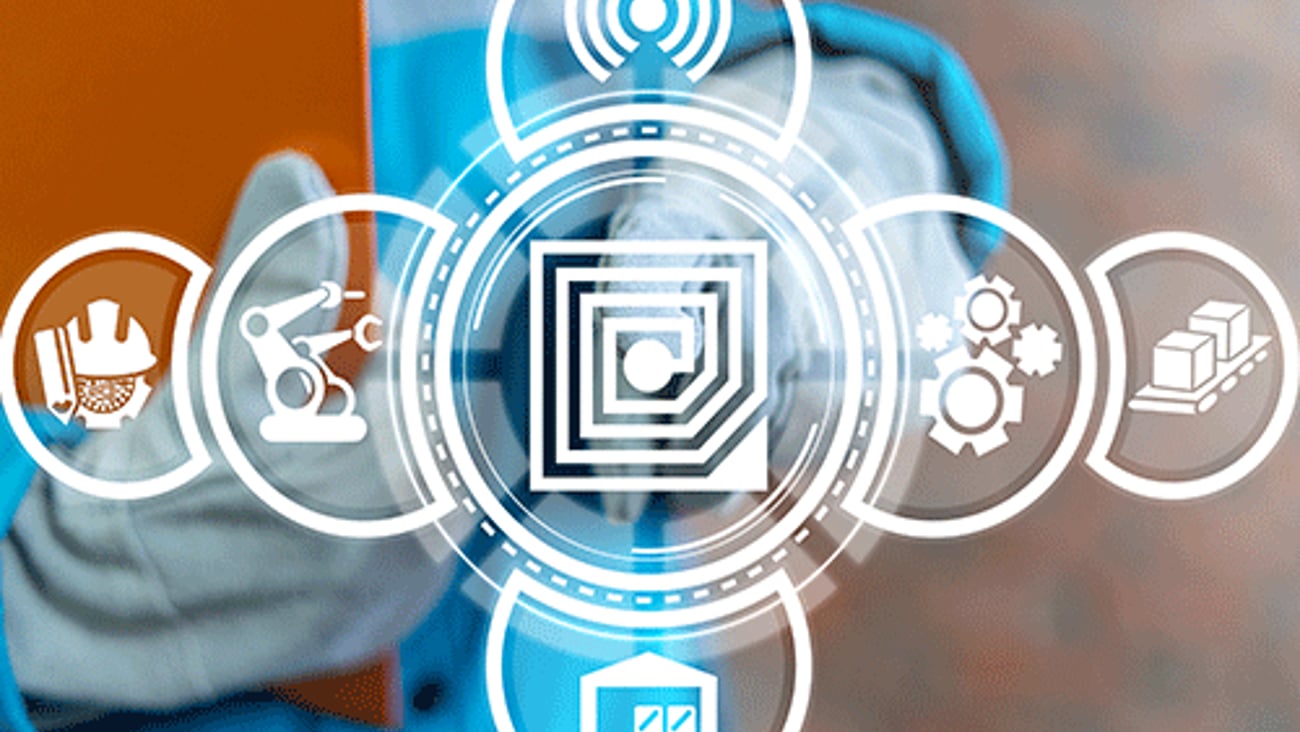E-commerce sales pass $1 trillion – now what?
E-commerce is very big business – and retailers need the right systems in place to handle it properly.
According to the recent “State of Digital Commerce” study from ComScore, U.S. digital spending rose roughly 11% to $1.09 trillion in 2022 from $904.3 billion in 2021. This made 2022 the biggest-ever year for e-commerce and represents the first time digital spending has passed the $1 trillion mark.
This sets up 2023 to serve as a watershed year for online retail. No matter what product categories you sell or who you core customers are, you will be conducting a lot of sales in digital space. Here are three technology-related steps you should start taking now to ensure as much of that $1 trillion as possible flows into your coffers.
Native mobility
The ComScore study also indicated that mobile commerce’s share of overall digital spending for the fourth quarter of 2022 reached an all-time high of 38%, or $127.5 billion, growing at twice the annual rate of desktop commerce. Desktop PCs will still be the dominant digital commerce device for a couple of years anyway, but one look at how everyone is on their smartphone all day long gives a clear indication of where interface trends are heading.
If you haven’t already, now is the time to develop native mobile experiences for your customers. This means mobile websites which are specifically designed for smartphone interaction and not merely scaled-down desktop sites, as well as native mobile apps hosted directly on a device’s operating system rather than its browser.
And retailers, especially those with a younger-skewing customer demographic, should consider a “mobile first” development approach, where digital experiences are initially designed for mobile interaction and then modified for desktop.
[Read more: The apps have it – retailers pursue mobile innovation]
Commerce at every touchpoint
In addition to ensuring customers can digitally shop via every device, you should also enable customers to browse and purchase your products in every virtual environment. Along with traditional e-commerce and m-commerce sites and apps, this means setting up customer experiences in formats such as social media, livestream video, shoppable ads, QR codes, and yes, the metaverse.
[Read more: Customer expectations of metaverse commerce are…]
These additional digital commerce channels also allow retailers to reach customers in creative and innovative ways. For example, select retail windows in New York City streamed live shopping programs through the 2022 holiday season, as a result of a program from livestream commerce platform TalkShopLive that included live shopping with celebrities and influencers such as Gloria Estefan and Drew Barrymore.
Also, don’t forget the importance of connecting your brick-and-mortar stores (if you have them) to your digital commerce efforts. Digitally influenced retail sales—those that consumers pay for online but pick up in-store—currently account for 62% of total retail sales and will account for 70% by 2027, according to a Forrester report cited in a new study from CBRE.
Deliver it today
Consumers might be shopping digitally, but they have been trained by an increasing number of online retailers and delivery platforms to expect fulfillment almost as quick as they get in a brick-and-mortar store.
According to the “2022 Bringg Barometer: State of Retail Delivery & Fulfillment” survey of 500 enterprise retailers in the countries including the U.S., U.K., and Canada, an overwhelming 99% of respondents say they will be doing same-day delivery within the next three years, compared to 35% able to do so today.
And survey after survey reveals that customers do not have patience for a delivery experience they believe to be subpar. A recent Voxware shopper study reveals that two-thirds (65%) of respondents report that they will abandon shopping with a retailer altogether after two to three late deliveries.
Fortunately, numerous third-party delivery platforms exist to help retailers quickly stand up fast delivery. Retailers can also use stores as local delivery hubs, or convert underutilized or closed brick-and-mortar locations into delivery-only “dark stores.”







